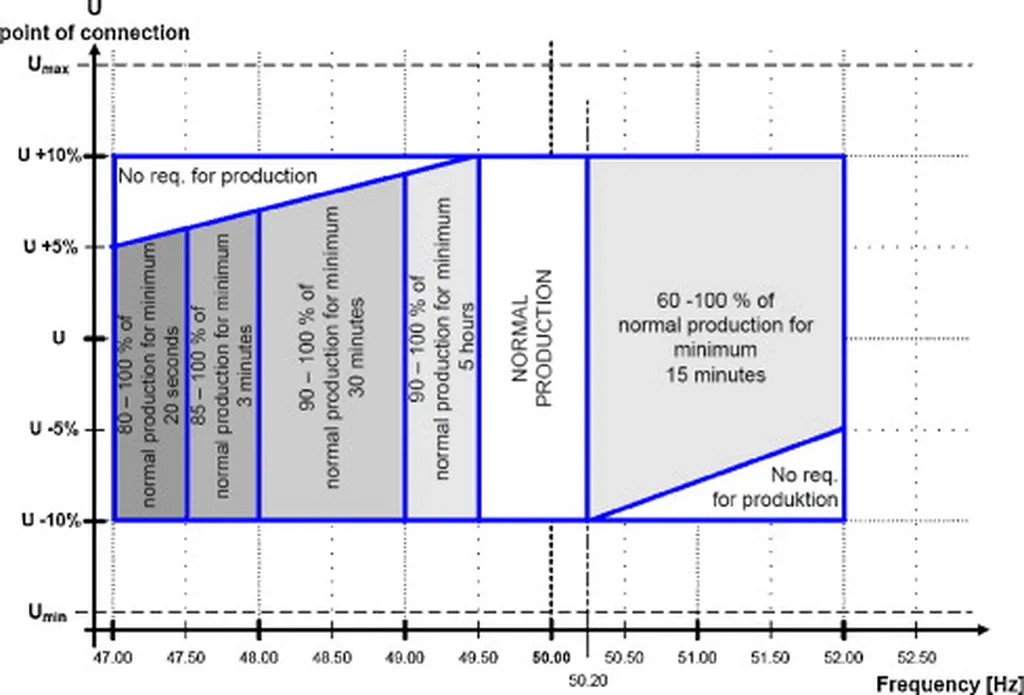In a rapidly evolving energy landscape, the integration of wind power plants (WPPs) into existing grids is becoming increasingly critical. A recent study published in the journal *Energy Conversion and Management: X* sheds light on the essential role of grid codes in facilitating this integration, offering valuable insights for the energy sector. Led by Yun Yu of AAU Energy at Aalborg University in Denmark, the research provides a comprehensive review and comparative analysis of international grid codes, highlighting key technical specifications that govern the seamless operation of WPPs.
The study examines grid codes from 10 countries and one international organization, focusing on five crucial aspects: WPP classification, nominal operating range, active power controllability, reactive power controllability, and tolerance to abnormal conditions. “Grid codes are the backbone of ensuring that wind power plants can be integrated efficiently and safely into the grid,” explains Yu. “Our analysis reveals both the commonalities and the differences in how various countries approach these challenges, providing a roadmap for future developments.”
One of the most compelling findings of the study is the emerging trend of grid-forming (GFM) technologies. These technologies are poised to revolutionize renewable energy integration by enabling wind power plants to act as independent sources of grid stability. The research summarizes recent progress reported by five transmission system operators (TSOs) and three research projects, offering a glimpse into the future of GFM wind development. “The potential of GFM technologies is immense,” says Yu. “They could significantly enhance the reliability and efficiency of wind power integration, making them a game-changer for the energy sector.”
The study also underscores the commercial implications of these findings. As countries with abundant wind generation potential seek to diversify their energy sectors, understanding and adhering to international grid codes become paramount. The research provides a valuable resource for policymakers, energy companies, and grid operators, helping them navigate the complexities of wind power integration and capitalize on emerging technologies.
Looking ahead, the study suggests that the application of GFM specifications in practice presents both opportunities and challenges. While the potential benefits are substantial, the successful implementation of these technologies will require careful planning, collaboration, and investment. “The energy sector is at a crossroads,” Yu notes. “The decisions we make today will shape the future of renewable energy integration and determine our ability to meet the growing demand for clean energy.”
As the world continues to transition towards a more sustainable energy future, the insights provided by this research will be instrumental in guiding the development of robust and efficient grid codes. By embracing the findings and leveraging the potential of GFM technologies, the energy sector can pave the way for a cleaner, more reliable, and more resilient power grid.

